Many countries around the world are pursuing programs to develop new weapons and combat vehicles, including air forces that deeply apply automation technology and artificial intelligence (AI). This is a potential direction for weapons development that has not yet been exploited and has the potential to change the way air forces operate as early as the 2030s.
In fact, this orientation is being gradually realized through human-machine fusion programs with the integration of AI into drone complexes so that they are capable of receiving commands and coordinating with human pilots. Accordingly, manned aircraft will be like a tactical command center in the air, putting combat robots into position so that they can search for and destroy targets themselves.
Manned aircraft will be the center of combat command.
At present, the use of unmanned vehicles in combat is quite common. However, all of these vehicles do not have self-awareness, learning combat capabilities, but are simply remote-controlled combat vehicles.
AI is creating a new concept of human-machine combat formation, especially in the air force where the power of technology and equipment plays an important role.
This is completely different from the Skyborg program developed by the US Air Force. The unmanned vehicle will not be a conventional machine, but will be integrated with AI to help perform many different tasks. In many situations, they will even have the right to attack targets according to a pre-programmed list.
Will Rope, head of the US Air Force's Acquisition Program Agency, assessed that if accumulated for a long enough time, Skyborg could have the same intelligence as the robots in the Hollywood movie "Star Wars". Basically, they will minimize the operations of human pilots in the squadron. They will receive orders, fly to combat positions, search for and destroy targets themselves. This used to be science fiction in the past, but AI has created an important turning point. Skyborg will learn by itself through combat situations to coordinate more effectively with pilots in reality.
The reality is that military AI is completely different from civilian AI. If civilian AI can make mistakes, then this should not be allowed in the military. Any mistake can cost the lives of soldiers on the battlefield. Although it operates autonomously, the AI on Skyborg is still monitored by special algorithms to minimize risks from the AI itself, as well as interference from unintentional or intentional outside agents.
With the current development progress, the US Air Force expects Skyborg to be completed by 2030 and enter combat in the following years. They will act as virtual assistants that do not need to rest, withstand work pressure to support human pilots. US military experts believe that Skyborg can take on a large amount of work to help human pilots in high-risk missions such as: Reconnaissance, electronic suppression, aerial surveillance, ground target attacks and even air combat. However, in the first stage, Skyborg will still receive direct command from human pilots.
The US is very active in integrating AI into drones.
If it meets the above expectations, Skyborg will open a new era of air combat, even changing current air combat tactics. In mixed formations, Skyborgs help pilots have better awareness of combat situations to proactively come up with appropriate combat plans.
Many countries are also developing Skyborg.
Although it has many different names, not only the US, many other countries are also entering the race to integrate AI into combat vehicles, including drones, to improve combat effectiveness.
The Loyal Wingman, developed by Boeing Australia, is a clear example. It was developed at the request of the Australian Air Force and has already completed its flight testing phase. Although not much information about the Loyal Wingman has been released, it is designed to work in coordination and interaction with a human pilot.
The Su-57 and S-70 Okhotnik combat squadrons are prototypes of future man-machine combat units.
Since the mid-2010s, France, the UK and Japan have also launched AI drone development programs. All of them are designed to operate within the Human-Robot Unified Combat System, which is capable of interacting with each other. This means that the drone will be more like a pilot in a squadron, rather than just a drone.
Recently, Russia has also announced a lot of information about the S-70 Okhotnik aircraft line. It acts as a means of coordinating operations with the Su-57 aircraft line. Although not officially announced, the Okhotnik is also integrated with AI as a means of performing dangerous missions to replace the Su-57 in the combat formation. In addition, the new Grom (Thunder) UAV model also has similar features. This multi-purpose device can operate independently or coordinate in the air force combat formation.
While current AI-integrated combat aircraft development programs are still in their early stages, with AI development seemingly at an unlimited pace, it would not be surprising to see combat involving mixed human-machine formations in the next decade.
According to QĐND
Source


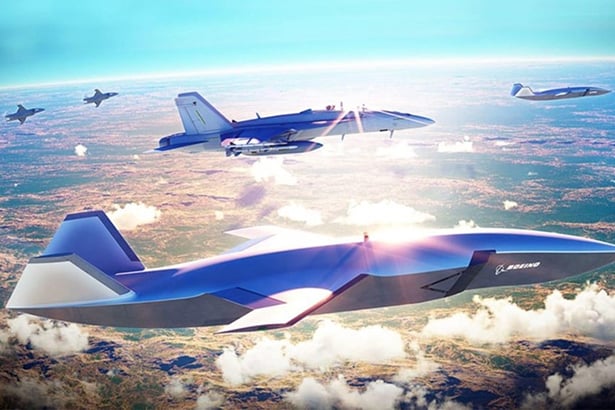
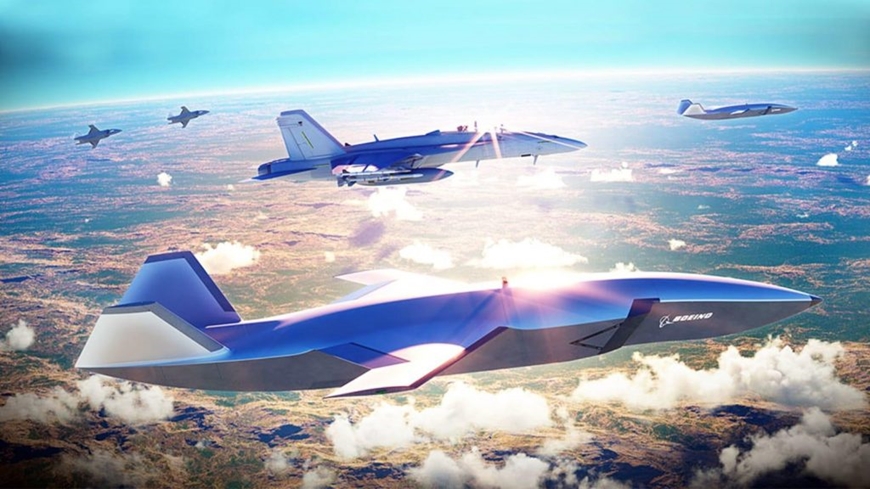
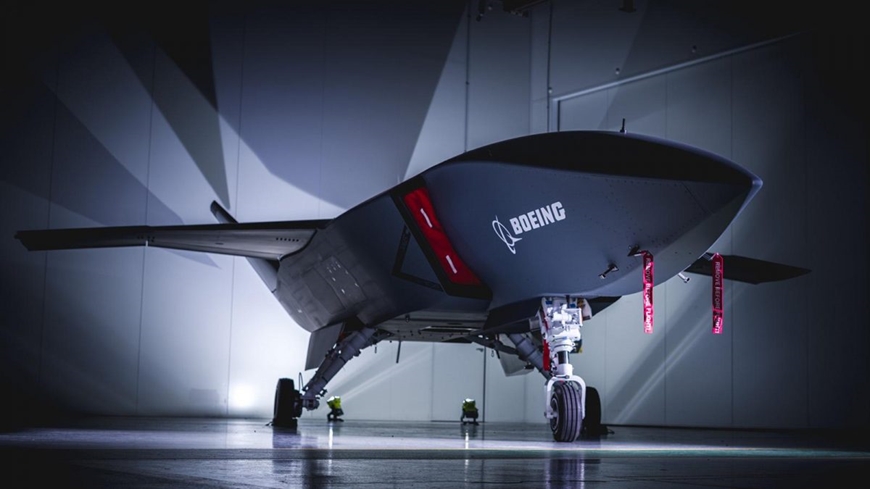
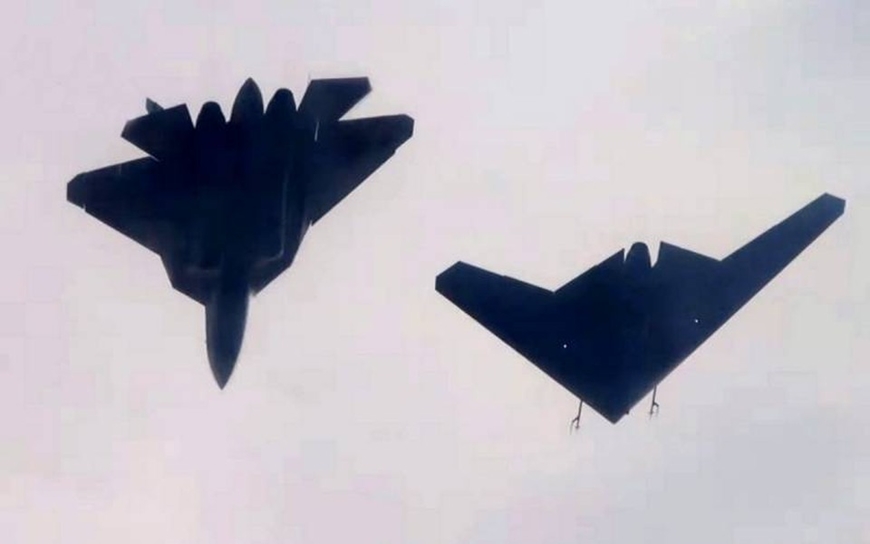
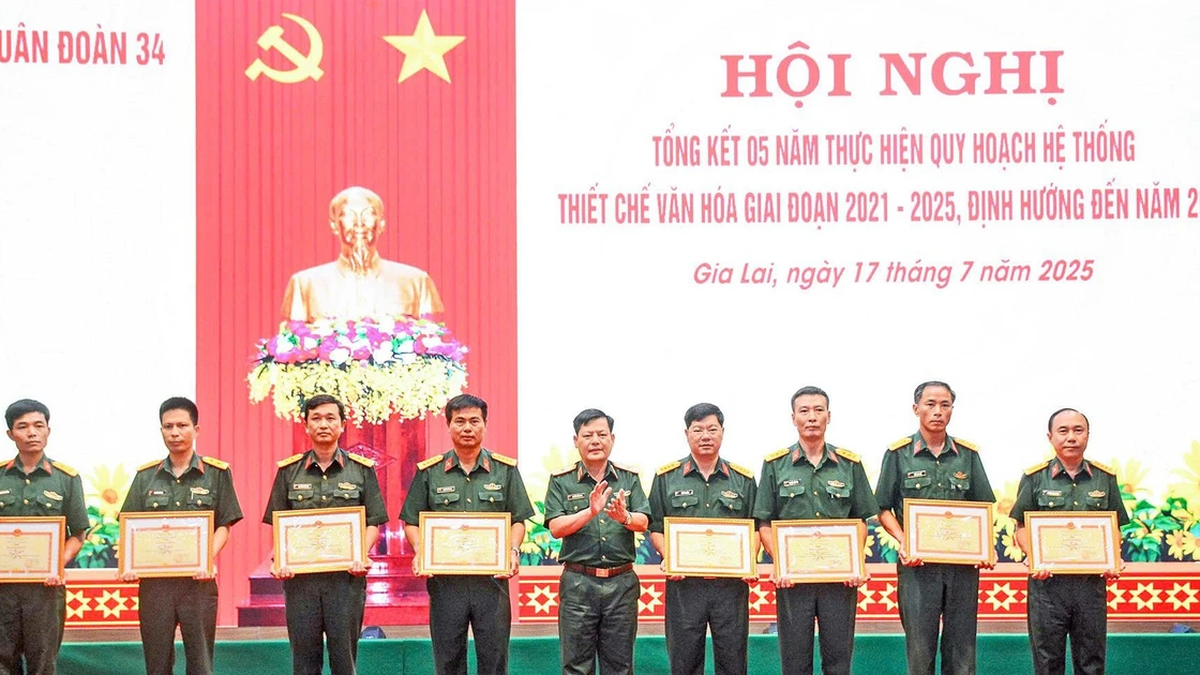
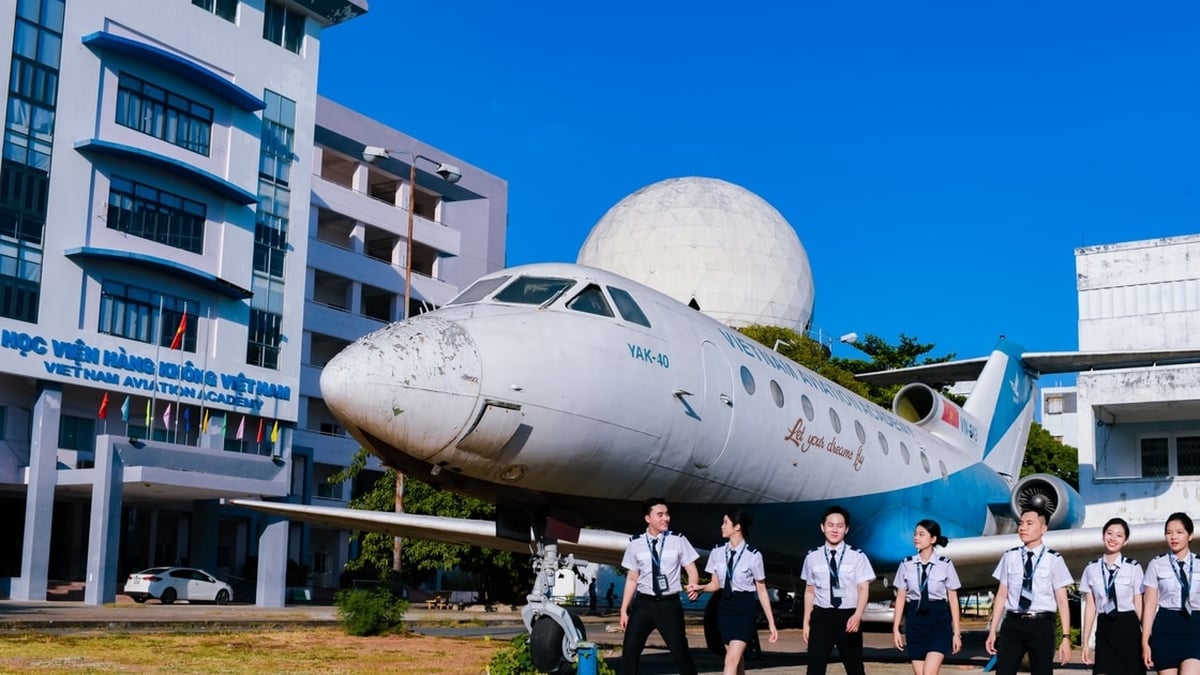
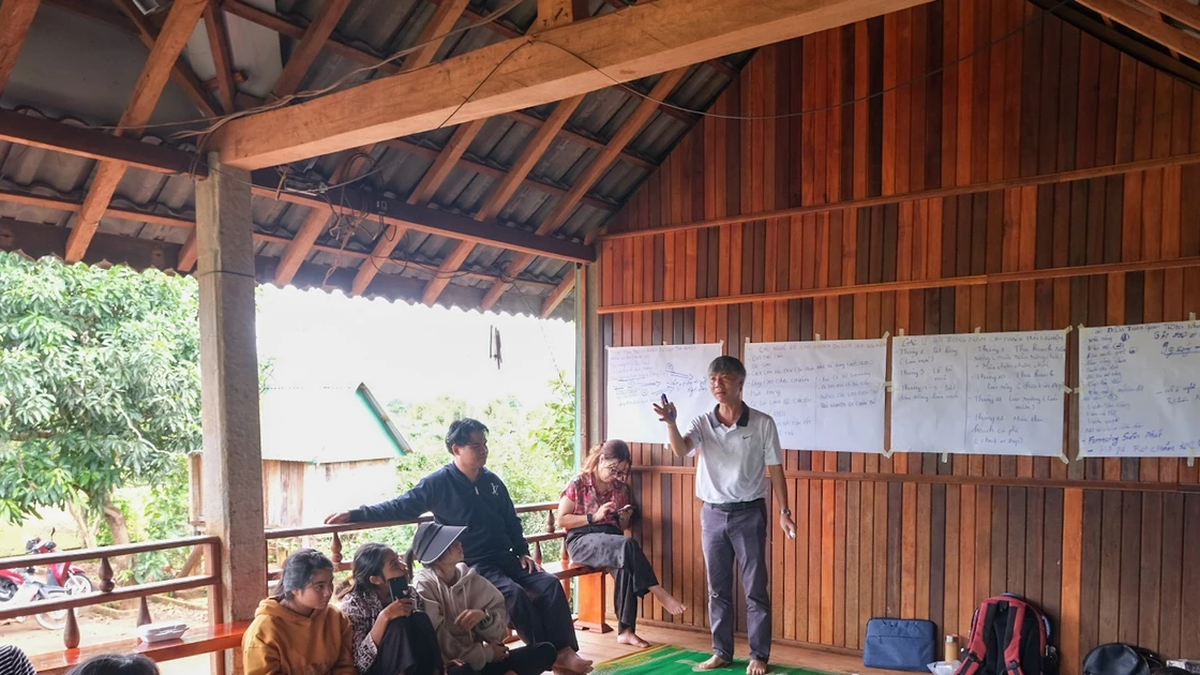

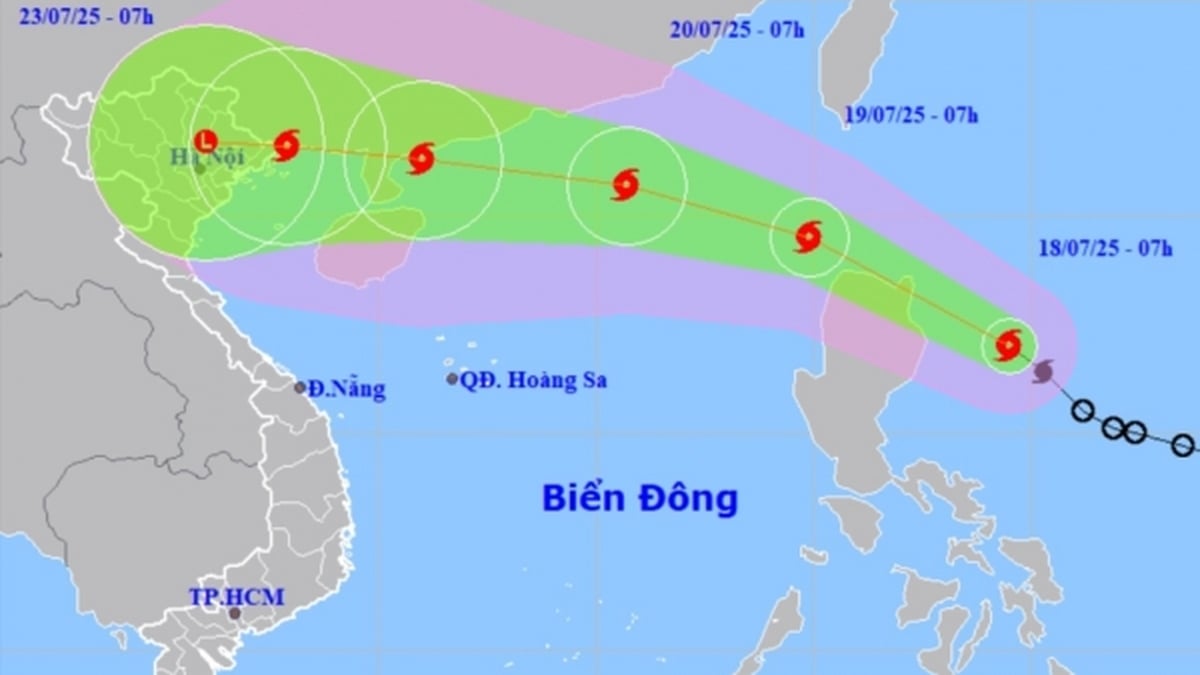


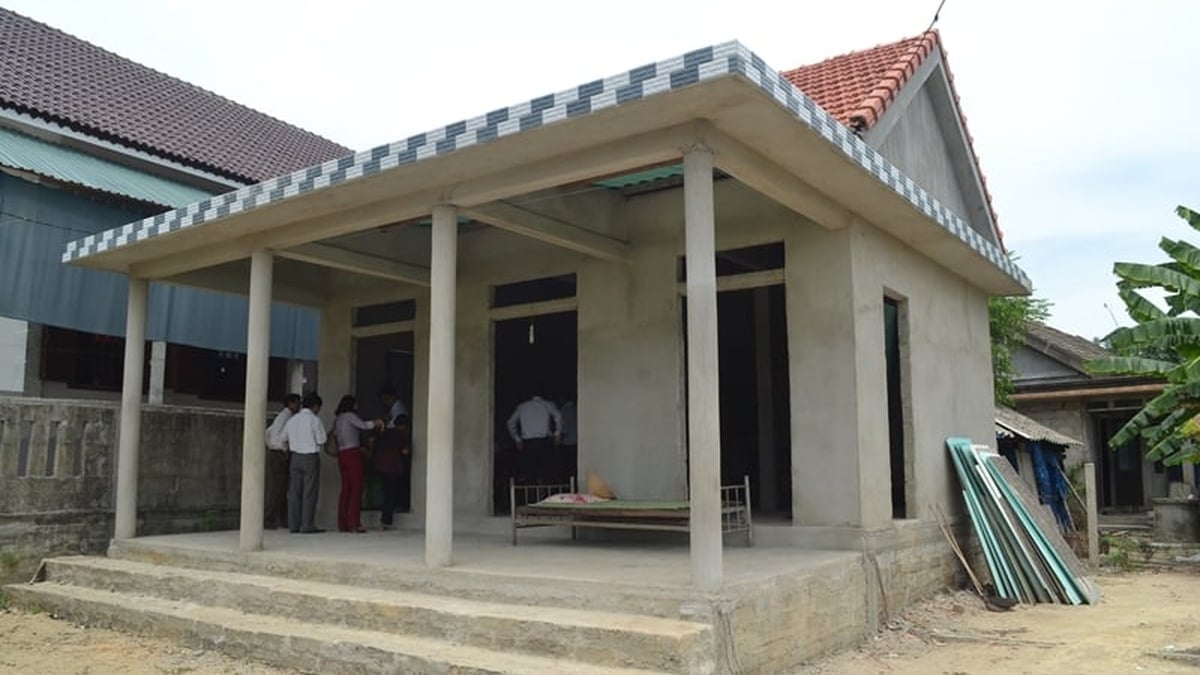

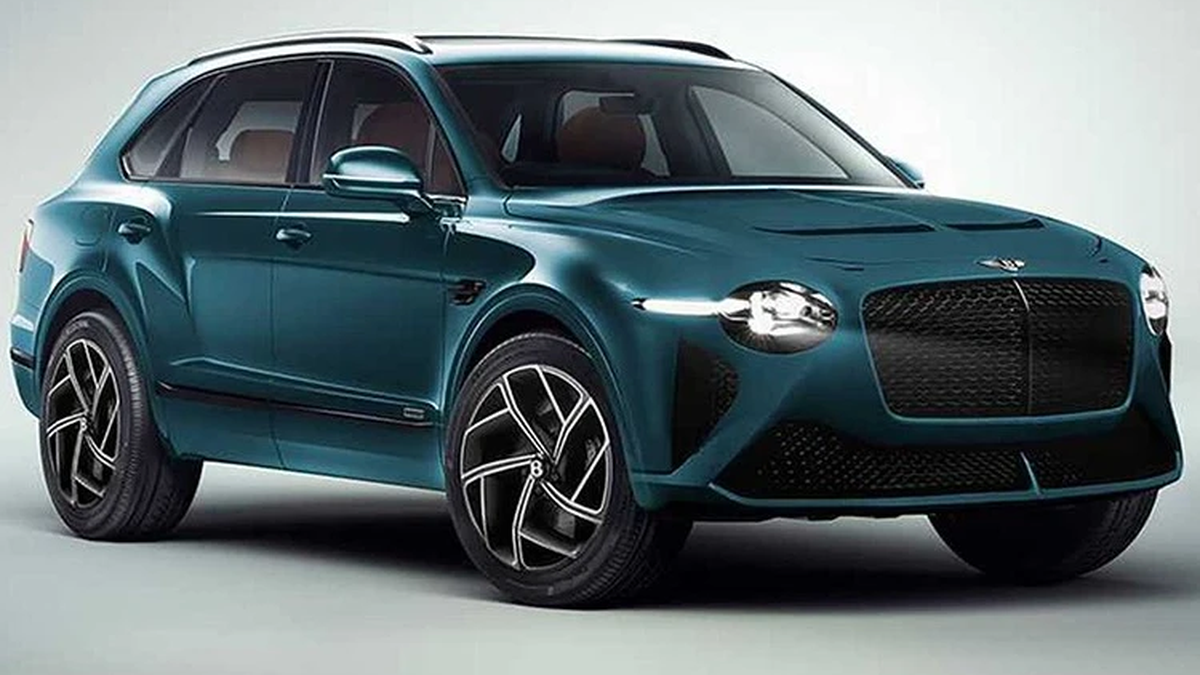












































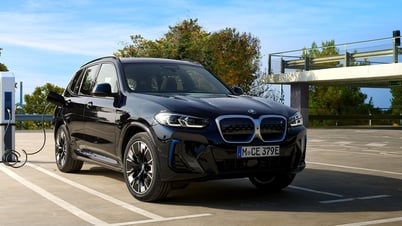

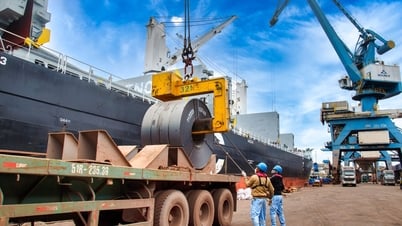










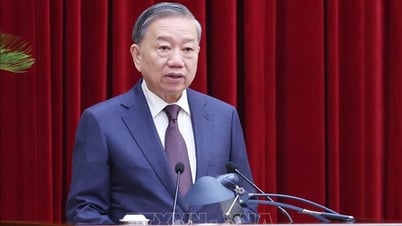









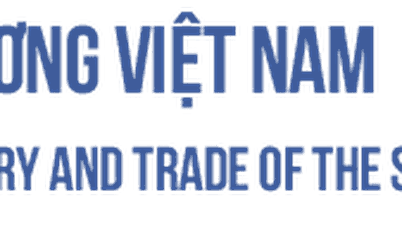

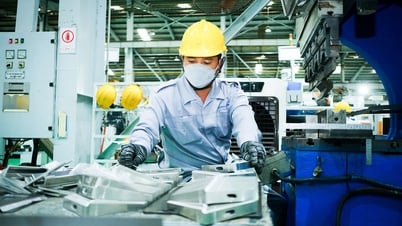














![[Infographic] In 2025, 47 products will achieve national OCOP](https://vphoto.vietnam.vn/thumb/402x226/vietnam/resource/IMAGE/2025/7/16/5d672398b0744db3ab920e05db8e5b7d)







Comment (0)